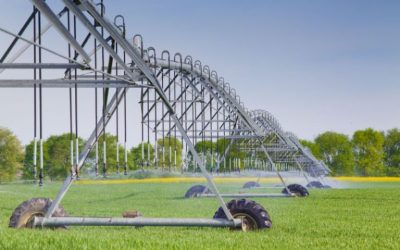With the advent of modern technology, there has been a revolutionary transformation in every walk of our lives. To this end, agriculture is not left behind either. Like any other field, current agricultural practices are gradually moving to adopt smart farming technologies, involving cutting-edge tools and technologies to achieve better outcomes. As forecasted by experts in the field, this is soon going to be the standard practice in farming.
If you own a farm or currently looking to enter the agricultural business, you should be aware of these modern technologies as well. It is not only going to help you keep up with the changing practices but will also bring you ample benefits in business.
What is Smart Farming?
Smart farming is a significant emerging concept in the field of agriculture. It refers to utilising cutting-edge technologies such as IoT, AI, drones, robotics to increase the quality and quantity of agricultural products, as well as optimising human labour needed for production. These modern Information and Telecommunication technologies used in agriculture are known as smart farming technologies. Together, they have not just provided ways to control and measure growth factors. Such as fertiliser and irrigation, on a farm; rather it is expected to revolutionise how we see agriculture.
What Smart Farming Technologies Are Now Available to Farmers?
• Sensors: Soil, light, water, temperature, and humidity management
• Robotics: Processing facilities, autonomous tractors, etc.
• Connectivity: LoRa, cellular, etc.
• Location: GPS, satellite, etc.
• Data Analytics: Data pipelines for managing downstream solutions, standalone analytic solutions, etc.
• Software: Specialised agriculture software that targets specific types of farms or application-agnostic IoT platforms.
Smart farming technologies give farmers the ability to make better decisions in terms of farm management and enable them to explore more efficient operations of tools and technologies. It can add value to all areas of agriculture, irrespective of the farm size and its capacity.

